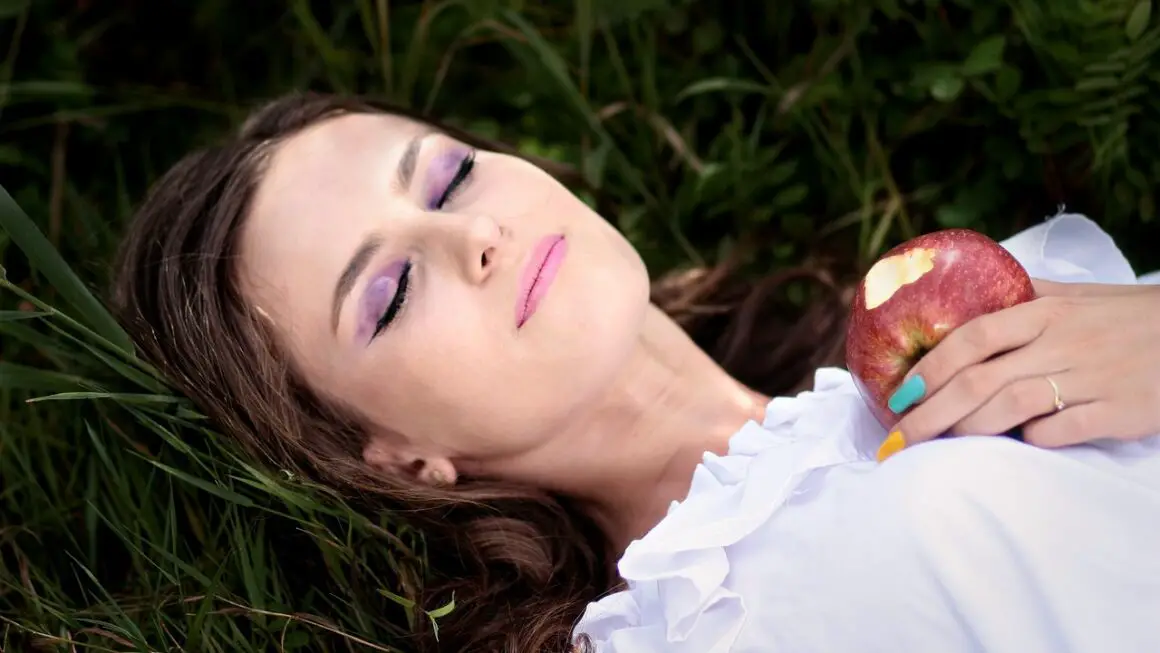Blue light is everywhere, and understanding its impact on our health is more important than ever in today’s digitally driven world. From the screens we stare at for hours each day to energy-efficient lighting in our homes, blue light exposure is a constant presence. But what exactly is blue light, and what are its effects on our eyes, sleep patterns, and overall well-being? This comprehensive guide will delve into the science behind blue light, explore its potential risks, and offer practical strategies to mitigate its negative impacts and harness its beneficial aspects.
Understanding Blue Light
What is Blue Light?
Blue light is a high-energy visible (HEV) light in the visible light spectrum, ranging from 380 to 500 nanometers. It’s emitted by the sun and also from artificial sources like:
- LED screens (smartphones, tablets, computers, TVs)
- Fluorescent lighting
- LED lighting
Think of the rainbow; blue light sits on the violet/blue end with shorter wavelengths and higher energy compared to the red end. This higher energy is what makes it potentially more impactful on our bodies.
Blue Light’s Natural and Artificial Sources
While artificial sources are a significant contributor to our daily exposure, it’s important to remember that the sun is the primary source of blue light. Sunlight is crucial for regulating our circadian rhythm (our body’s internal clock) and boosting alertness.
The problem arises when we supplement that natural exposure with hours upon hours of screen time, particularly in the evenings. This additional artificial blue light exposure can disrupt our natural sleep-wake cycle and contribute to other health concerns.
The Impact of Blue Light on Your Health
Effects on Sleep
This is perhaps the most well-known negative effect of blue light. Blue light suppresses the release of melatonin, a hormone that regulates sleep. When melatonin production is disrupted, it can lead to:
- Difficulty falling asleep
- Poor sleep quality
- Daytime fatigue
- Increased risk of sleep disorders
Practical Example: Using your smartphone in bed before sleep exposes you to a concentrated dose of blue light, signaling to your brain to stay awake. This can shift your circadian rhythm, making it harder to fall asleep at your usual bedtime. Try reading a physical book instead, or implement a “no screens” rule an hour or two before bed.
Effects on Eye Health
Prolonged exposure to blue light, especially from screens, has been linked to potential eye damage. The eye’s cornea and lens are not very effective at blocking blue light, so nearly all visible blue light reaches the retina. Potential risks include:
- Digital Eye Strain (Computer Vision Syndrome): Symptoms include dry eyes, blurred vision, headaches, and neck pain. Staring at screens for extended periods reduces blinking, leading to dry and irritated eyes.
- Age-Related Macular Degeneration (AMD): Some studies suggest that prolonged exposure to blue light could contribute to AMD, a leading cause of vision loss in older adults. While more research is needed, protecting your eyes from excessive blue light exposure is a prudent precaution.
Potential Effects on Mood and Cognitive Function
Emerging research suggests a potential link between blue light exposure and mood regulation. While sunlight and daytime blue light can improve mood and alertness, excessive exposure, particularly at night, could:
- Disrupt circadian rhythms, potentially contributing to mood disorders like depression.
- Impair cognitive function, affecting concentration and memory.
Actionable Takeaway: Pay attention to how your mood and energy levels fluctuate after long periods of screen time. Experiment with blue light filters and reducing screen time in the evenings to see if it makes a difference.
Mitigating Blue Light Exposure
Blue Light Filtering Options
Fortunately, there are several effective ways to reduce your exposure to blue light, particularly from screens:
- Blue Light Blocking Glasses: These glasses have lenses with special coatings that filter out a portion of blue light. They are available with or without prescription and can be especially beneficial for evening screen use.
- Screen Protectors: Many screen protectors are designed to filter blue light, reducing the amount reaching your eyes.
- Software and App Filters: Most smartphones, tablets, and computers have built-in blue light filters or offer downloadable apps. These filters shift the color temperature of the screen towards warmer tones (yellow/orange), reducing blue light emissions.
Example: Activate the “Night Shift” feature on your iPhone or the “Night Light” setting on your Windows computer in the evenings to reduce blue light emitted from the screen.
Adjusting Your Habits and Environment
Beyond filtering technologies, lifestyle changes can significantly impact your blue light exposure:
- Reduce Screen Time: Limit your overall screen time, especially in the hours leading up to bedtime.
- Take Breaks: Follow the 20-20-20 rule: Every 20 minutes, look at something 20 feet away for 20 seconds. This helps reduce eye strain.
- Optimize Lighting: Use warmer, less intense lighting in the evenings. Consider using lamps with adjustable color temperatures that can be set to warmer tones.
Dietary Considerations
While more research is needed, some nutrients are believed to support eye health and may potentially offer some protection against blue light damage:
- Lutein and Zeaxanthin: These carotenoids are found in leafy green vegetables like spinach and kale. They accumulate in the retina and are thought to act as antioxidants and blue light filters.
- Omega-3 Fatty Acids: Found in fish oil and flaxseed oil, omega-3 fatty acids are important for overall eye health.
Harnessing the Benefits of Blue Light
The Positive Aspects of Blue Light
It’s crucial to remember that blue light isn’t all bad. In fact, it plays several vital roles:
- Mood Enhancement: Blue light exposure during the day can boost mood and alertness.
- Circadian Rhythm Regulation: Natural blue light from the sun helps regulate our body’s internal clock.
- Cognitive Function: Blue light can improve cognitive performance, including reaction time and attention.
Optimizing Blue Light Exposure for Daytime Benefits
To maximize the benefits of blue light while minimizing the risks:
- Get Morning Sunlight: Expose yourself to natural sunlight, especially in the morning, to help regulate your circadian rhythm.
- Use Blue Light Therapy Devices (with caution): Light therapy boxes that emit blue light can be used to treat seasonal affective disorder (SAD) and other conditions. Consult with a healthcare professional before using these devices.
Conclusion
Blue light is a complex phenomenon with both benefits and drawbacks. By understanding its impact on our health and implementing strategies to mitigate excessive exposure, particularly from screens in the evening, we can protect our eyes, improve our sleep, and optimize our overall well-being. It’s about finding a balance: embracing the beneficial aspects of blue light during the day while minimizing its potential negative effects at night. By making informed choices about our screen habits, lighting, and diet, we can harness the power of blue light while safeguarding our health in the digital age.




